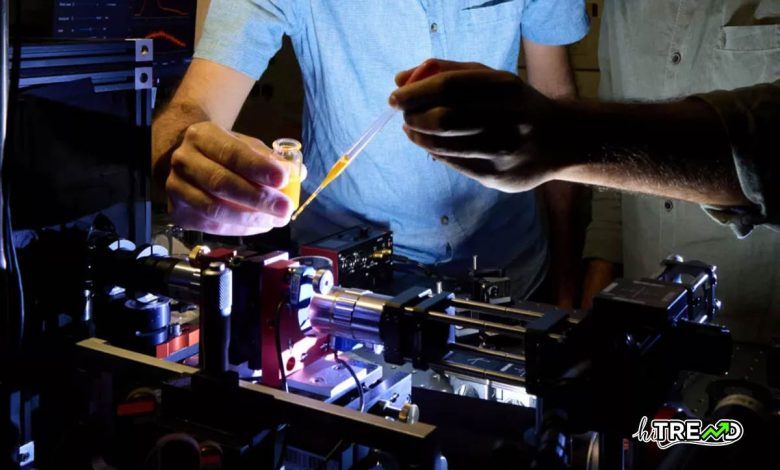Physicists create one-dimensional gas out of light, achieving bizarre quantum state

What just happened? Physicists have managed to turn light particles into what they describe as an “exotic state of matter” – a one-dimensional gas. They did this by confining the photons in a tiny space and cooling them. The results were astonishin, to say the least.Physicists create one-dimensional gas out of light, achieving bizarre quantum state
The experiment, conducted by teams from the University of Bonn and RPTU (University of Kaiserslautern-Landau), took a cue from an everyday phenomenon – a garden hose filling a pool compared to filling a gutter. When water hits the pool’s surface, it disperses outward, and any change in water level is minimal because it’s dispersed across. But if you shoot that stream of water into a narrow gutter, it creates concentrated waves that travel along the gutter’s length
“The narrower the gutter, the higher the amplitude of the wave, and thus, the “more one-dimensional” it becomes,” noted the researchers.
You can read more Technology articles
Essentially, the physicists miniaturized
this phenomenon by creating “microscopically small gutters” to constrain light in a similar one-dimensional path. Their setup involved filling a tiny container with a dye solution and stimulating it with a laser. The resulting photons ricocheted between the reflective walls, losing energy with each collision against the dye molecules until they ultimately condensed into a photon gas.
Crucially, the dimensionality of this photonic matter could be tuned further by tweaking the reflective surfaces inside the container.
“We were able to apply a transparent polymer to the reflective surfaces to create microscopically small protrusions,” explains Julian Schulz from the RPTU. “These protrusions allow us to trap the photons in one or two dimensions and condense them.”
“These polymers act like a type of gutter, but in this case for light,” says Kirankumar Karkihalli Umesh, lead author of the study. “The narrower this gutter is, the more one-dimensionally the gas behaves.”
Speaking of one-dimensional behavior, the researchers discovered that the rules governing these exotic states of matter differed from traditional 2D photon gases. For example, the phase transitions start to get messy. In ordinary matter, materials undergo precise phase shifts – think water freezing at 32°F. However, in low dimensions, thermal fluctuations can disrupt this.Physicists create one-dimensional gas out of light, achieving bizarre quantum state
“So-called thermal fluctuations take place in photon gases but they are so small in two dimensions that they have no real impact. However, in one dimension these fluctuations can – figuratively speaking – make big waves,” Vewinger explained.
It may sound like the researchers have broken laws of quantum physics, but that’s not the case. The properties of the gas are still governed by them – such gases are called “degenerate quantum gases.” They compare these gases to water, which can turn into slush at low temperatures without completely freezing.
However, the study is still enlightening as the researchers were able to demonstrate that single-dimensional photon gases do not actually have a precise condensation point. Looking ahead, they wish to dig deeper into the phenomena straddling different dimensionalities while unlocking new applications harnessing “quantum optical effects.”
Follow HiTrend on X





